A world-first stem-cell treatment has successfully restored vision in four people with damaged corneas. This groundbreaking procedure appears to be safe, but researchers emphasize the need for larger trials to confirm its long-term safety and effectiveness. The potential of stem-cell therapies like this one is immense, not only for treating vision loss but also for paving the way toward other regenerative treatments that could slow aging and extend healthy lifespans. By using stem cells to repair and rejuvenate tissues, scientists hope to transform the way we approach age-related health issues and diseases.
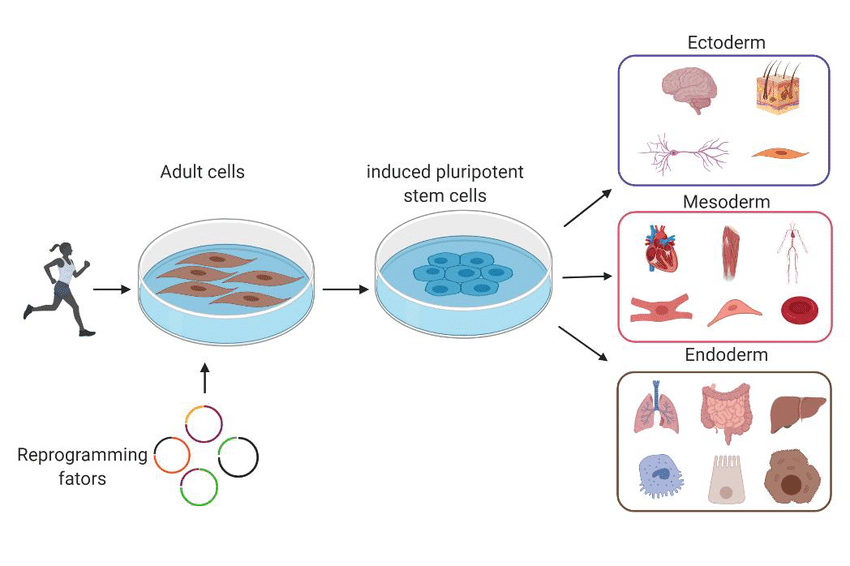
Here’s how it works: researchers can take regular cells from a person, like blood cells, and change them back into a state similar to embryonic cells, which have the potential to turn into many different cell types. In the case of vision restoration, scientists turned these cells into corneal epithelial cells to fix damaged corneas. The success of this approach gives hope that similar techniques might be used for more complex tissues, like the heart, brain, or muscles.

When people get older, their body’s ability to repair itself gets weaker. Tissues don’t regenerate as easily, and cells become less effective. Stem-cell therapy might change that. For example, treatments that replace or repair muscle cells could help older people maintain their strength, while those targeting brain cells might one day slow down or stop diseases like Alzheimer’s.
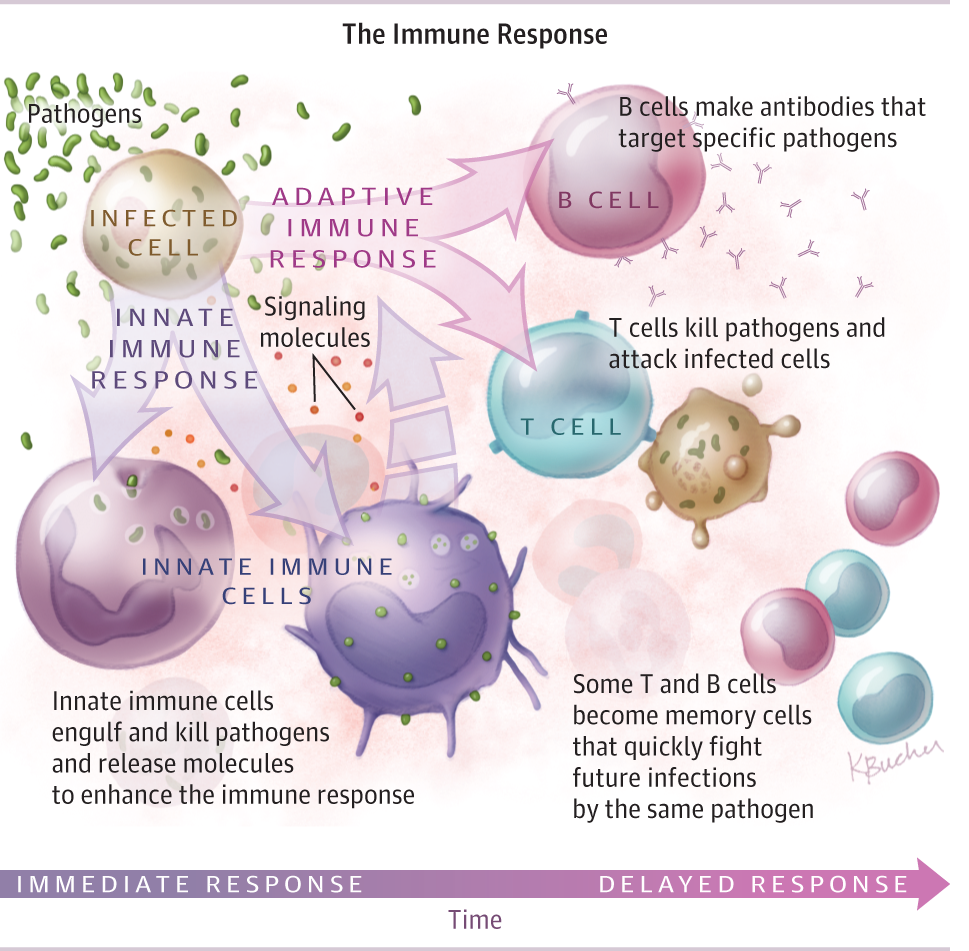
Another area where stem cells could make a big difference is the immune system. As we age, our immune system becomes less effective, making us more vulnerable to diseases. If scientists figure out how to use stem cells to rejuvenate the immune system, older people could stay healthier for longer.
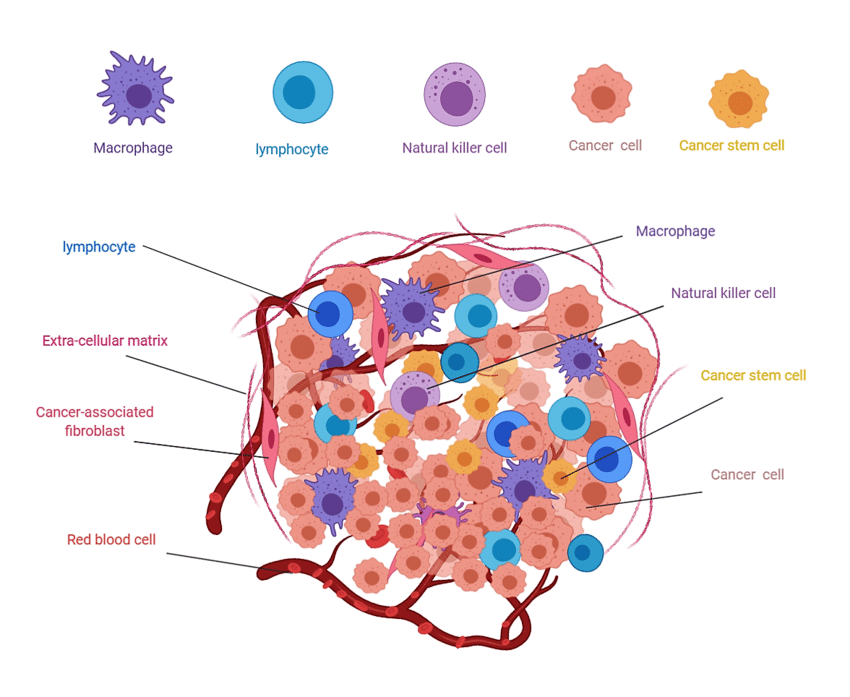
There are challenges to making stem-cell treatments widely available. One of the biggest concerns is safety. Because stem cells can divide endlessly, there’s a risk they might grow out of control and form tumors. The early tests, like those for vision restoration, are helping researchers learn more about these risks and how to manage them.
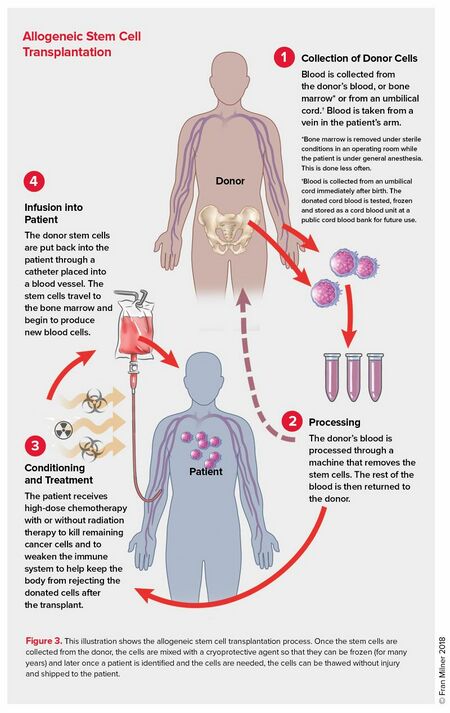
Another problem is the potential for the body to reject stem-cell transplants. In the vision study, some patients didn’t need drugs to suppress their immune system, which was a good sign. But it’s unclear if this will be the case for treatments involving other organs. Finding ways to prevent immune reactions is an important goal for future research.
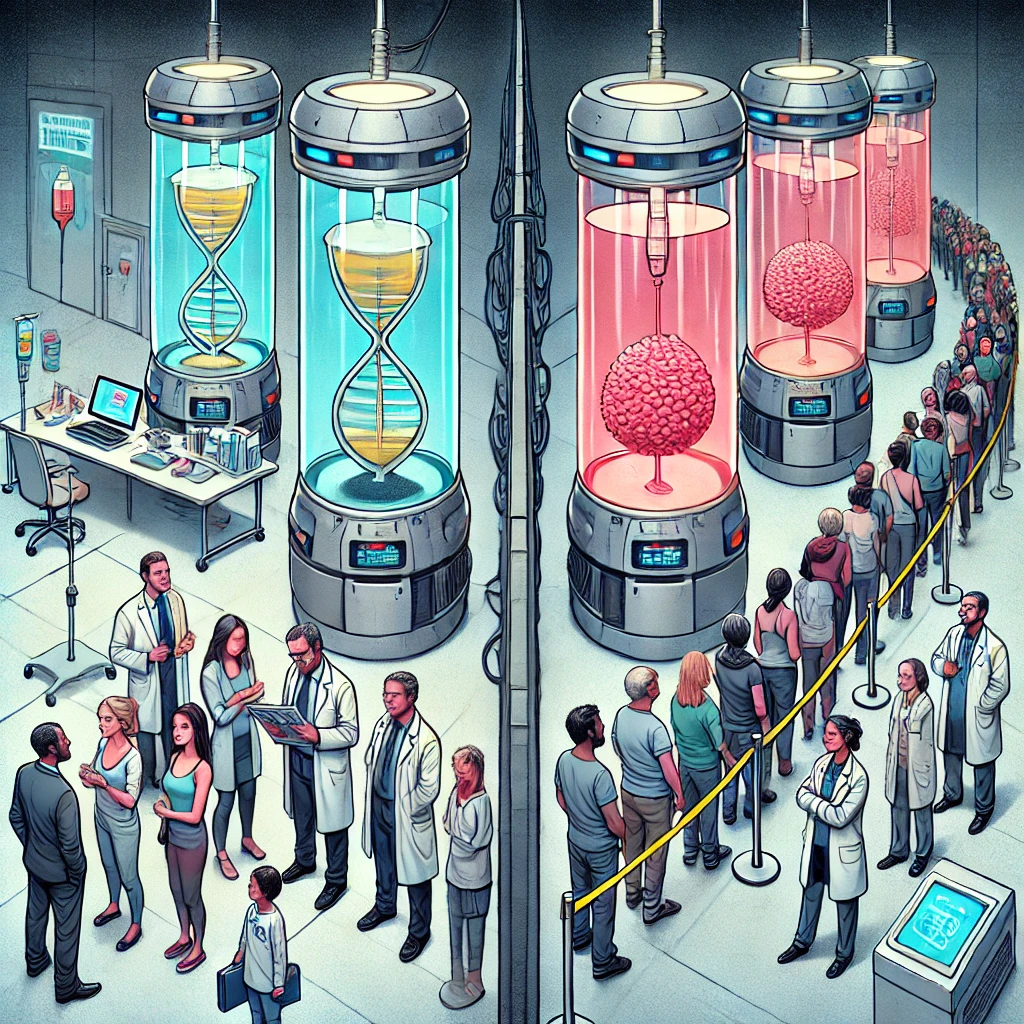
Then there are ethical and societal questions to consider. If stem-cell treatments can extend life, will everyone have access to them, or will they only be available to the wealthy? Making sure these treatments are fair and affordable is something policymakers will have to work on. Additionally, people might debate whether it’s right to extend human life and what effects this could have on society, like the costs of healthcare for a population that lives much longer.
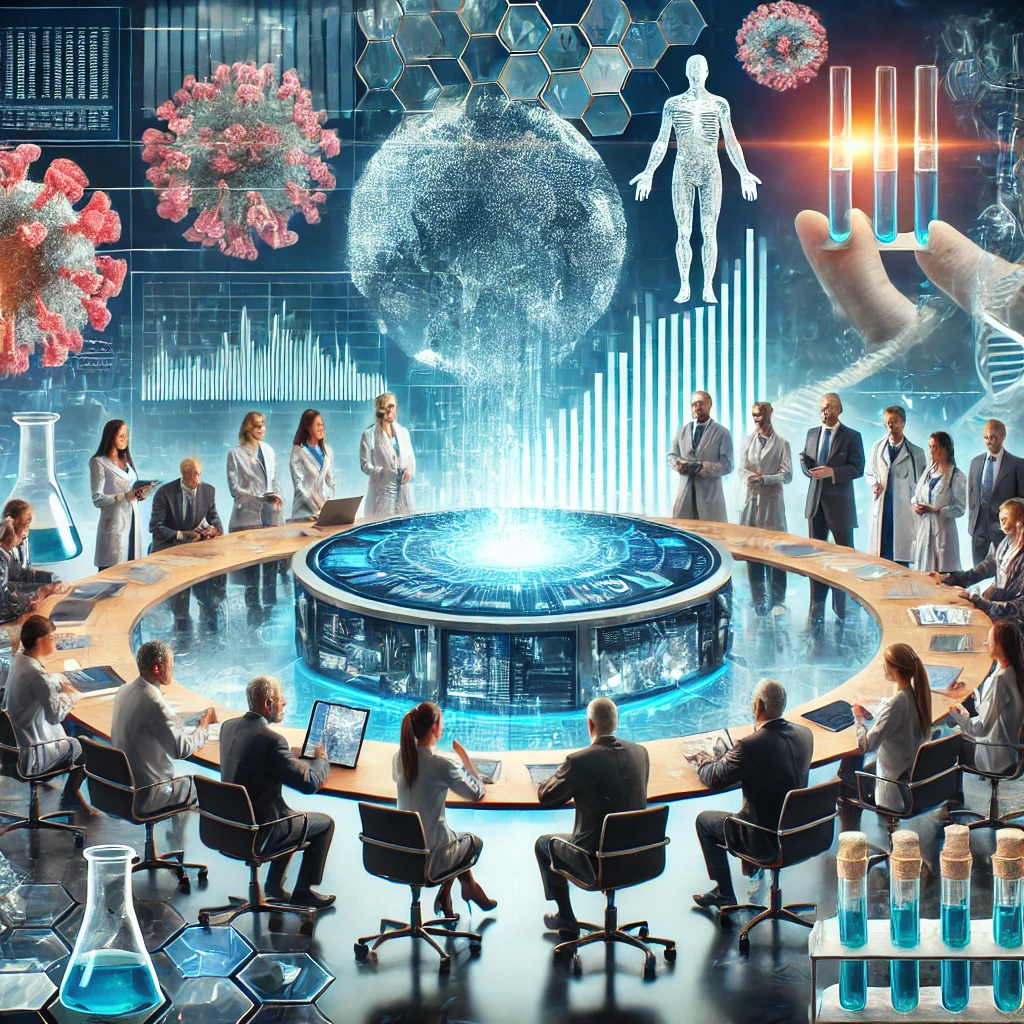
The upcoming clinical trials will be important. They will help scientists understand how well stem-cell treatments work over time and if they’re truly safe. As these methods are refined and tested on more people, it becomes clearer whether this technology can be a real breakthrough for treating diseases and improving health as we age. With each step forward, the possibility of using stem cells to fight aging and extend life feels more real.






